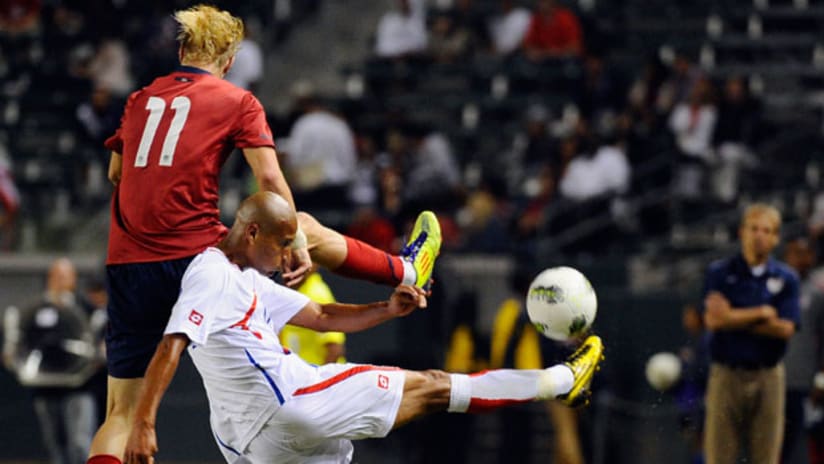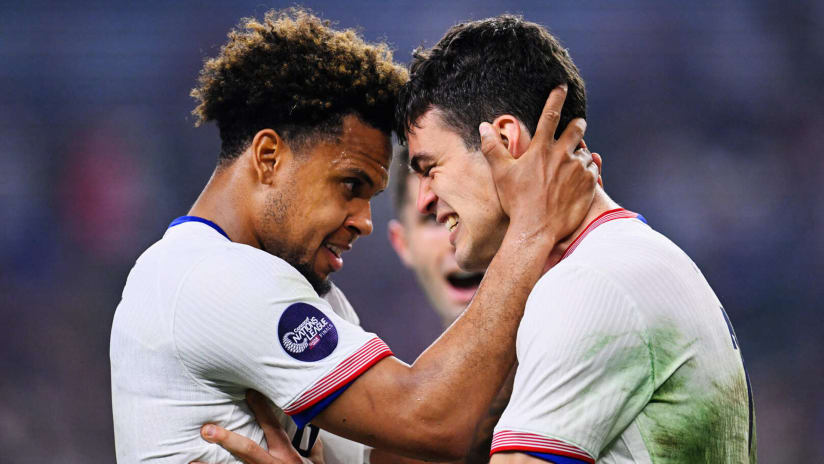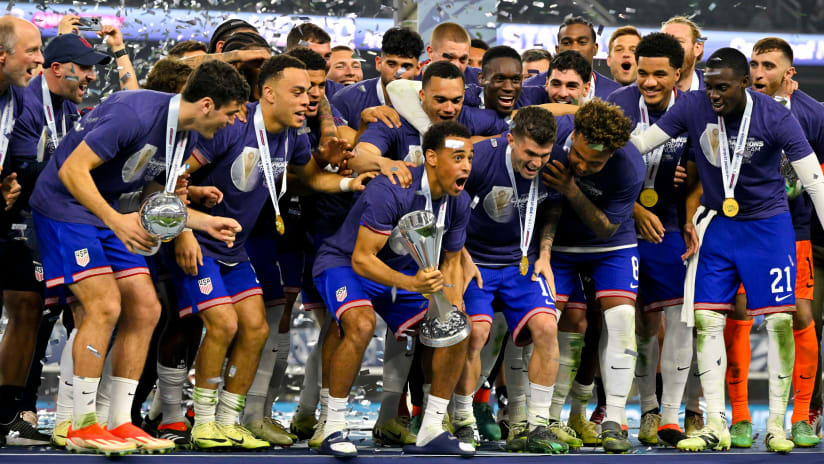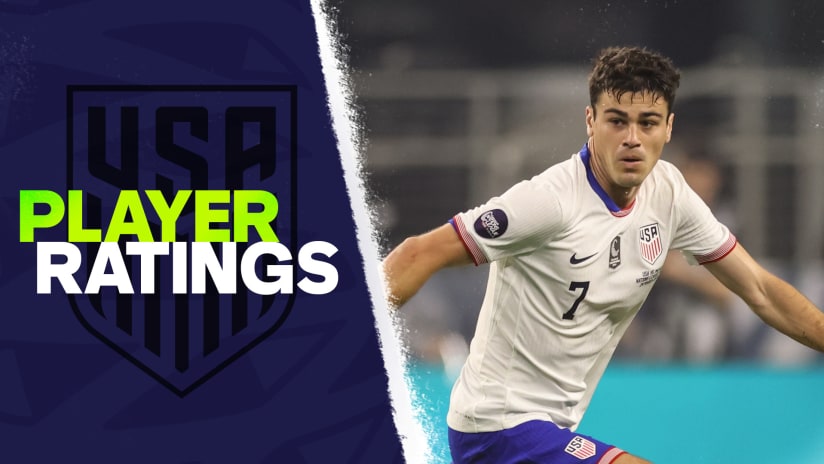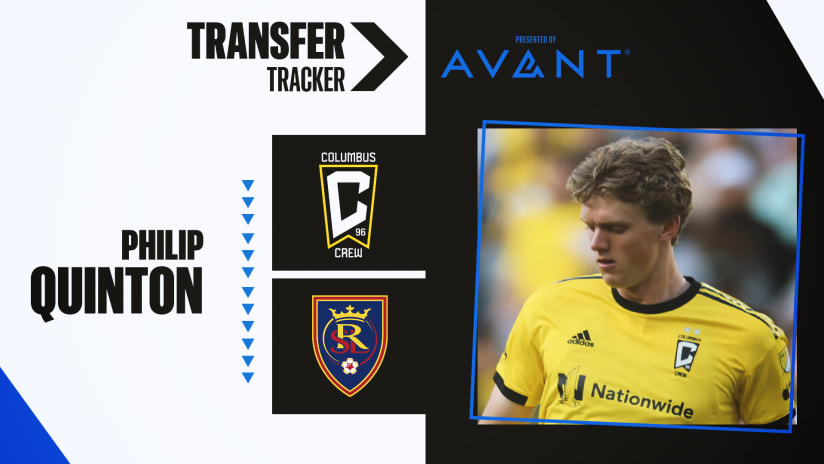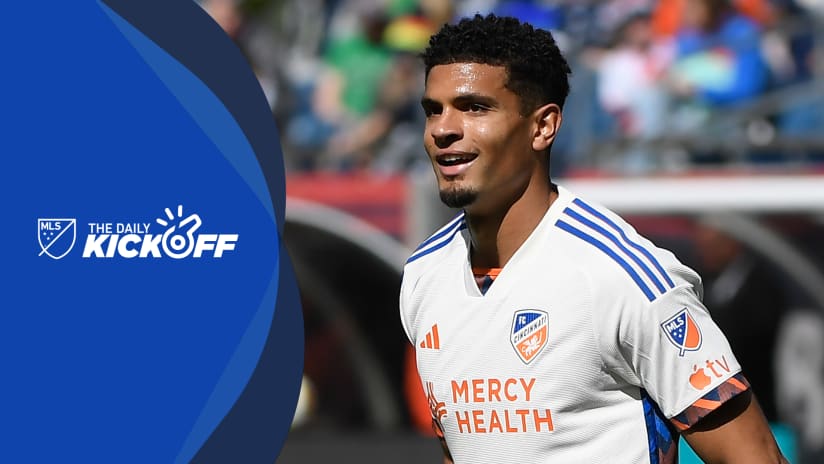CARSON, Calif. — Of all the questions to emerge from the US’s 1-0 loss to Costa Rica on Friday night, one of the main ones, particularly for the soccer tacticians out there, is this: What to make of the 4-1-2-3 formation?
Jurgen Klinsmann adopted the setup with the twofold hope of encouraging more attractive soccer and protecting the back four with a stay-at-home holding midfielder. It is also meant to provide attacking width, with two wingers deployed in the classic forward-wide positions. For the first 30 minutes, the system fulfilled its promise, as the US defense was barely bothered and the offense thrummed with threatening movement.
“It’s more attacking,” Robbie Rogers, one of the two starting wingers, told MLSsoccer.com after the match. “It’s kind of like the old Dutch 4-3-3. For Brek [Shea] and I, it’s more our natural position. It’s definitely fun. We can get going forward quickly, play little one-twos. We’re more dangerous that way.”
The Crew’s Rogers and FC Dallas’s Shea were singled out by Klinsmann this week for having the ability to “keep the line,” bringing speed and endeavor to the flank play. Against Costa Rica, the pair provided width and had several opportunities to serve in dangerous crosses.
Unfortunately, the crosses too often failed to reach their mark. Of the combined 11 crosses attempted by the pair, only one was successful. Additionally, only one was from a deep position. The rest of the crosses came too from further out, as the players attempted to put early crosses in behind the Ticos defense rather than take on the defender, get to the endline, and cut the ball back. Despite the Klinsmannian rhetoric this week about encouraging players to “express themselves,” neither Rogers nor Shea seemed confident in going at the defender.
“Whenever we would swing the ball [to my side], the defender came on me so quick I never really had a chance,” Shea said. “I tried to get the ball but he was right on my back and I never really got turned. It’s more just getting used to playing with the guys and that kind of thing.”
Familiarity is a common refrain these days around Klinsmann’s side. The players are still learning, the manager says often. The fact that the US lost to Costa Rica is, he said after the match, relatively unimportant. This might be no truer than for Shea and Rogers.
“This will take time,” Klinsmann said. “If we play high pressure, the three up front — Brek Shea, Robbie Rogers, and Jozy Altidore in this case — they definitely need to develop an instinct with each other in order to cover those spaces better. But in the first 30 minutes they did that extremely well.”
The first 30 minutes. For the next few days, the American players will continue to discuss the positives in that period. And those positives included the pressure out wide. But at some point, someone needs to break through for the goal.
“[Klinsmann] told us if we had finished one of those in the first half then maybe we would’ve walked away with this game, 3-1, 4-1, and we’d all just pass the ball around and enjoy ourselves,” Rogers said. “It’s one of those games where we had to finish our chances.”


